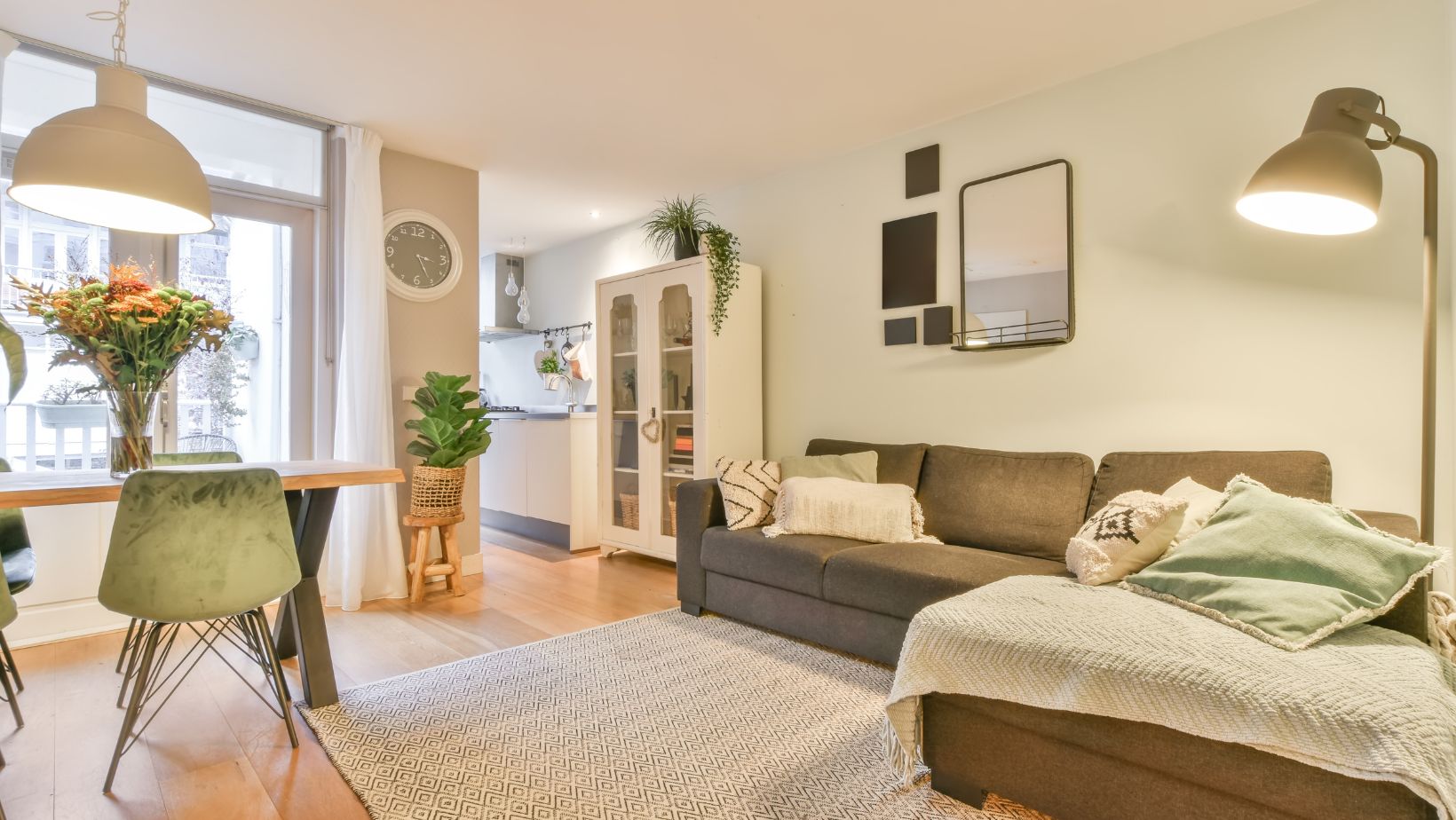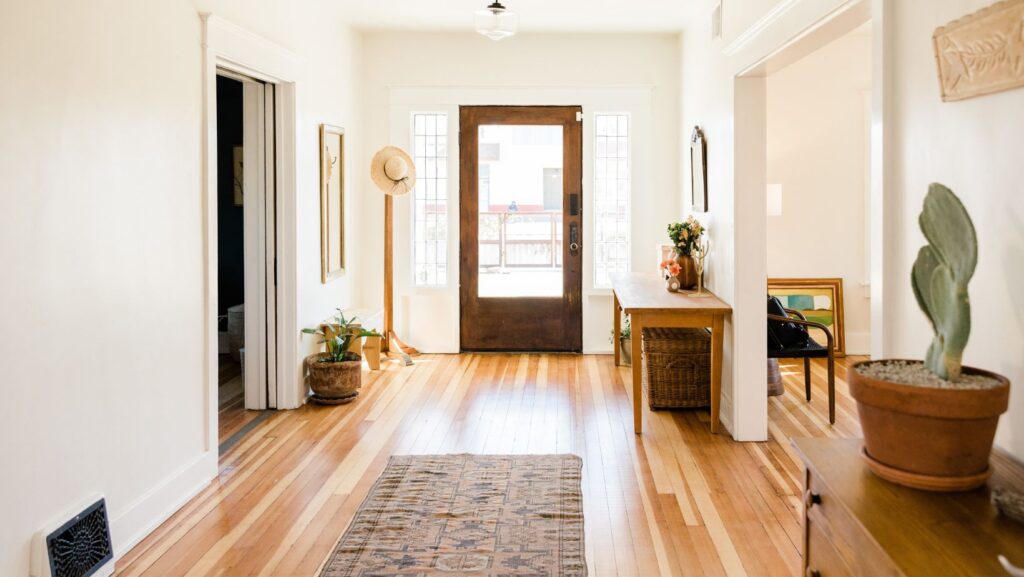If you often feel stuffy, sneezy, or pressure in your sinuses at home, you’re not alone. Indoor air can harbor allergens, dust, and other irritants that make sinus and allergy symptoms worse. The good news? Small changes in your daily habits can make a big difference in how you breathe indoors. Here are five practical ways to keep your indoor air clean and protect your sinuses.
1. Keep Your Home Clean, but Smartly
Dust and pet dander are top triggers for sinus irritation. Regular cleaning is important, but how you clean matters. Instead of dry dusting, which can stir up particles, use a damp cloth or microfiber mop. Vacuum with a HEPA filter to trap fine allergens. Wash bedding, curtains, and pillow covers at least once a week to reduce dust mites.
Pro tip: If you or someone in your household has allergies, consider replacing carpets with hard flooring in bedrooms and living areas—it’s easier to keep clean and doesn’t trap allergens like carpet fibers do.
2. Use Humidity to Your Advantage
Dry air can dry out your nasal passages, making sinuses more vulnerable to infection and irritation. On the flip side, overly humid air can encourage mold growth. Aim for 40–50% indoor humidity for optimal sinus comfort.
- Use a humidifier in winter or dry climates.
- Clean humidifiers regularly to prevent mold and bacteria.
- If your home is too humid, a dehumidifier or running your AC can help keep moisture levels in check.
A simple hygrometer can track indoor humidity without guesswork.
3. Manage Indoor Allergens
Allergens like pollen, dust mites, and pet dander can sneak into your home on clothes or through windows. Simple habits can minimize exposure:
| Habit | Why it Helps |
| Keep windows closed during high pollen days | Limits pollen entering your home |
| Remove shoes at the door | Reduces dirt and allergens tracked inside |
| Groom pets regularly | Minimizes dander in the air |
| Use air purifiers with HEPA filters | Traps fine allergens and particles |
These small adjustments can noticeably reduce sinus irritation over time.
4. Ventilate Wisely
Good ventilation helps reduce indoor pollutants, but it needs balance. Opening windows can bring in fresh air, but during allergy season or in areas with outdoor pollution, it may worsen sinus issues. Instead:

- Use exhaust fans in kitchens and bathrooms to remove moisture and fumes.
- Consider an HVAC system with a quality filter that circulates clean air efficiently.
- Ventilate for short periods when outdoor air quality is good.
Even brief, strategic ventilation can improve indoor air without triggering sinus flares.
5. Mind Your Indoor Chemicals
Cleaning products, air fresheners, and scented candles can irritate sensitive sinuses. Volatile organic compounds (VOCs) from these products can worsen congestion or trigger sneezing. Opt for unscented, non-toxic cleaners when possible. Baking soda, vinegar, and mild soap are effective alternatives that are gentle on sinuses.
Tip: Always ensure good airflow when using cleaning products—even “natural” ones—to reduce irritation.
Quick Recap
Keeping your indoor air sinus-friendly doesn’t require major renovations. By focusing on cleaning habits, humidity control, allergen management, smart ventilation, and chemical awareness, you can significantly reduce triggers for sinus and allergy issues.
If you’re struggling with persistent congestion, pressure, or sinus pain, consider learning more about Sugarlandent sinus and allergy treatment options. Early intervention and proper guidance can make a huge difference in your quality of life.
Conclusion
Simple indoor habits can transform your living space into a sinus-friendly environment. By adjusting cleaning routines, monitoring humidity, managing allergens, ventilating wisely, and avoiding irritants, you can breathe easier and enjoy life without constant sinus discomfort. A few small steps each day can lead to lasting relief.

